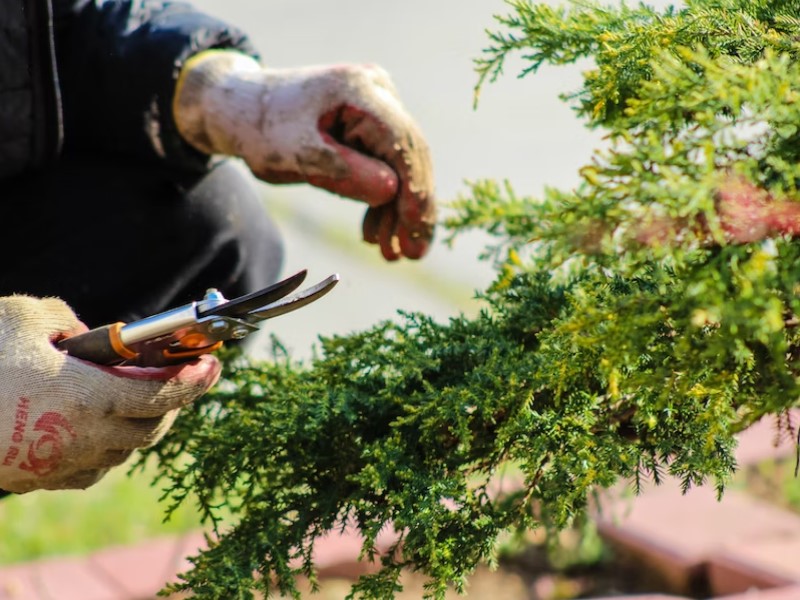Fruit tree pruning tips are an essential task for ensuring a healthy and productive tree. By removing dead, diseased, or damaged branches, you can improve air circulation and sunlight penetration. It can help to prevent pests and diseases in the trees. You can also shape the tree to make it easier to harvest and manage.

Fruit Tree Pruning Tips, Correct Care Solutions
The growth of various fruiting trees is certainly not only a step to add to the beauty of your garden. They also provide you with delicious, homegrown produce. To ensure your fruit trees remain healthy, productive, and aesthetically pleasing, proper pruning is essential. Pruning helps shape the tree, promote airflow, and encourage the development of strong branches. In this article, we’ll explore some valuable tree-pruning tips that will help you achieve bountiful harvests year after year.
Timing is Key
The timing of your pruning efforts can significantly impact the health and productivity of your fruit trees. It’s best to prune during the dormant season. Which is typically in late winter to early spring before new growth begins. This pruning stage can be a way to minimize stress on trees and prevent disease transmission. However, be cautious not to prune too early in winter when severe cold temperatures are still expected.
Trim and Remove Dead and Diseased Parts
The next step for fruit tree pruning tips is to start by inspecting your fruit tree. Find and remove dead, diseased, and damaged twigs or branches. If you let it, it will become an entry point for pests and diseases. They also divert valuable nutrients away from healthy growth. Use pruning shears or clean, sharp loppers to remove these branches. So that the branches return to healthy wood.
Shape for Structure
Proper shaping is crucial for the structural integrity of the tree to ensure sunlight reaches all parts of the canopy. Then, aim for an open-centered or vase-shaped structure, especially for trees like apples, peaches, and plums. This allows sunlight to penetrate the center of the tree and promotes even fruit development. Trim back competing branches that cross each other or grow inward, focusing on maintaining a balanced and well-spaced framework.
Thinning for Better Airflow
Overcrowded branches can create a humid and shaded environment that encourages the growth of pests and diseases. Thinning the canopy by selectively removing certain branches opens up the tree to better airflow and sunlight penetration. So, these fruit tree pruning tips not only help prevent disease but also enhances fruit quality and size.
Prune Young Trees for Strong Beginnings
When you plant a young fruit tree, it’s essential to establish a strong framework from the start. As the tree grows, prune it to encourage a central leader (a dominant vertical stem) and well-spaced scaffold branches. Proper early pruning sets the stage. So, it will be a healthier and more productive tree as it matures.
Fruit tree pruning tips are a fundamental aspect of tree care that can lead to healthier and more abundant harvests. By following these pruning tips and understanding the unique needs of your fruit trees. So you’ll be well-equipped to create a thriving orchard that rewards you with delicious, homegrown fruits year after year.



